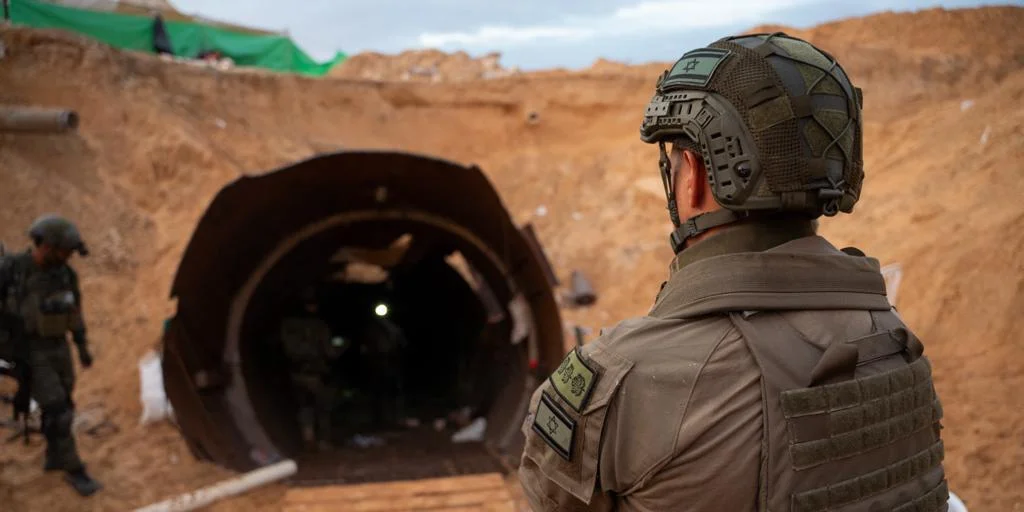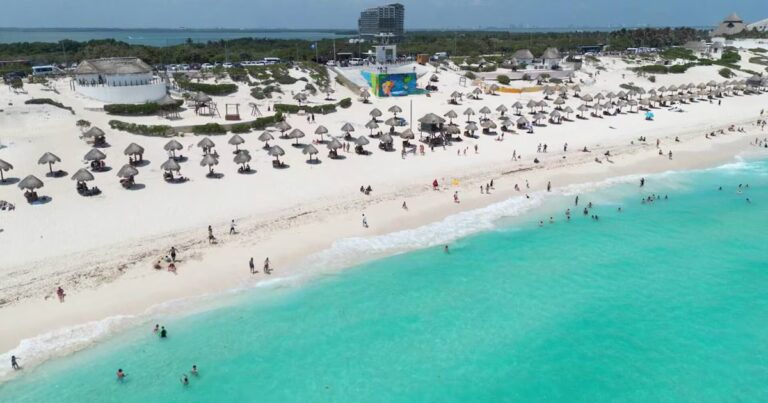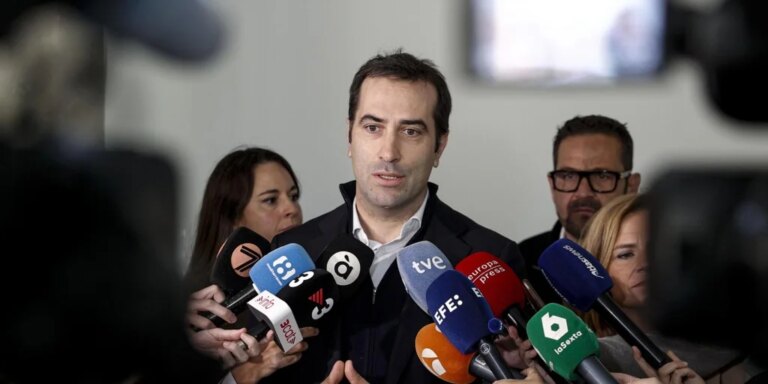
At least 200 Hamas fighters are trapped in their own traps, buried underground in tunnels the group has built across the Strip.
Israeli and Arab officials last week 200 to 300 men … Trapped in the depths. The officials, quoted by the Wall Street Journal, said some people may have already starved to death due to lack of food and water.
Where are these terrorists? According to publicly available information, the majority is under the jurisdiction of the city of Rafah, but there are also some areas in the center and north of the Strip where Israel maintains control, including areas east of Khan Yunis, Bayt Hanun, and Shejaya (districts in central Gaza City), Israeli and Arab officials quoted by several North American media outlets explained.
“These terrorists are under Israeli-controlled territory, and that area, Rafah, is where the tunnels are most elaborate,” he explains. Amir Avivi Retired general in the Israel Defense Forces and founder of the Israel Defense and Security Forum (IDSF).
The underground war that awaits Israel after the ceasefire takes effect could begin, derailing the temporary peace signed just a month ago.
Avivi, who spent a considerable amount of time in Gaza during his military service and knows the underground city intimately, asserts that the tunnels in the area are not just small passageways, but “real buildings underground. There are also large amounts of ammunition inside the tunnels, from which they attack Israeli forces.”
The jets are located just behind the so-called Yellow Line, where Israeli troops withdrew as part of a cease-fire deal negotiated by US President Donald Trump last month. Hamas militants are not buried under rubble, but rather trapped under Israeli military control of their territory.
tunnel under Israeli control
It all started last month when a detachment of the Israeli Engineers was demolishing tunnels behind the Gaza withdrawal line. During demolition work, Hamas militants emerged from a hidden mine shaft and fired anti-tank missiles, killing three Israeli soldiers. This was the first test of how fragile the ceasefire agreement was, as it revealed problems for both sides. Hundreds of armed Hamas fighters are reportedly trapped in tunnels under Israeli control in the Gaza Strip, preparing to fire on the Israeli Defense Forces.
To understand the situation, we need to go back to May, when Israel began efforts to expel militants and destroy Hamas’ extensive tunnel network. Hamas stashed fighters, hostages and weapons there throughout the conflict. The strategy was to separate this section. underground network. However, due to Israel’s partial withdrawal under the ceasefire, the remaining militants behind enemy lines are trapped underground, with nowhere to escape, and supplies dwindling.
The Hebrew state has a clear strategy against these terrorists: either they surrender or we end them. “Israel’s policy in Gaza is clear. The IDF is working to destroy the tunnels and remove terrorists from the Gaza Strip.” Hamas There are no restrictions within the yellow areas under our control,” Israeli Defense Minister Israel Katz said in a post to X this week.
“Israel is not going to cooperate in eliminating these terrorists. “Israel must arrest them and then destroy the tunnels,” says Amir Avivi.
Hamas claimed in March that these men had lost their ability to communicate. Because of this, they justify not ordering an attack on Israeli forces.
Israeli military officials claim that Hamas was able to communicate with the trapped fighters at all times because of communication systems installed in the tunnels. Officials do not believe that Hamas did not order the attack on the army, but say it had the option of ordering Hamas to retreat when Israeli forces approached Hamas positions.
America appears
The United States has also gotten into the game, pressuring Israel this week to allow safe passage to Hamas fighters trapped underground. On Thursday, President Trump’s Middle East envoy Steve Witkoff said he had discussed the issue with Israeli Strategic Affairs Minister Ron Dermer and Turkish Foreign Minister Hakan Fidan. The results could be a test for future efforts to disarm Hamas, Witkoff said.
A key question is what will happen to these extremists after the group’s clash with the Israeli military.
Israel has accused Hamas of failing to abide by the agreement by not yet handing over the bodies of all the hostages or disarming them.
Meanwhile, Israel also does not appear to be complying with the agreement. A BBC analysis has revealed that Israeli forces control more of the Gaza Strip than expected under the ceasefire agreement.
In the first phase of the agreement, Israel agreed to withdraw from Gaza’s east to the north-south border. This division was marked with a yellow line on maps published by the Israeli army and was named the “Yellow Line.” However, the Israel Defense Forces have not complied with what was signed, and on the ground the line is set in the Greater Gaza Area.



